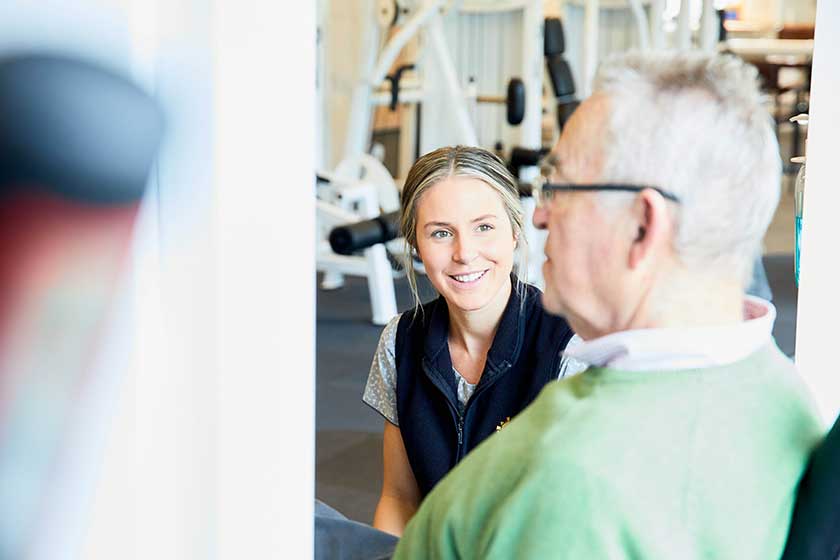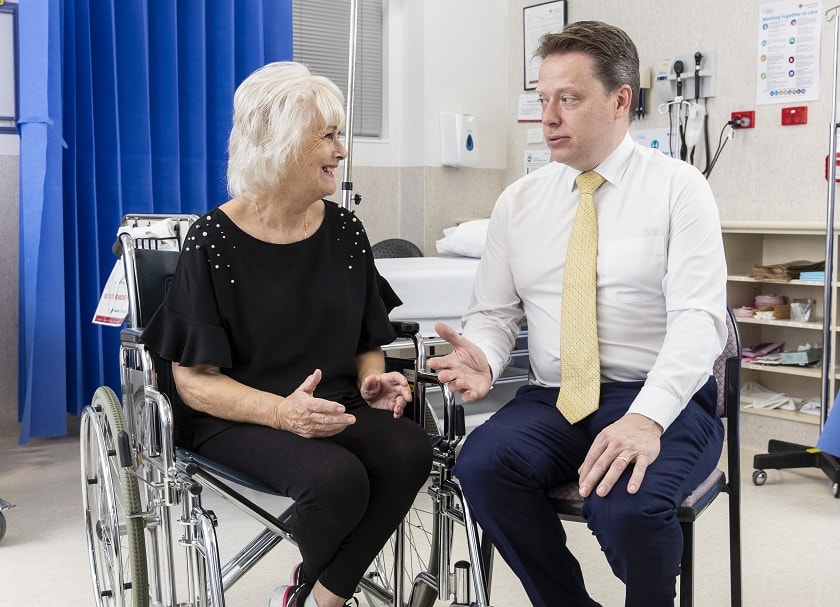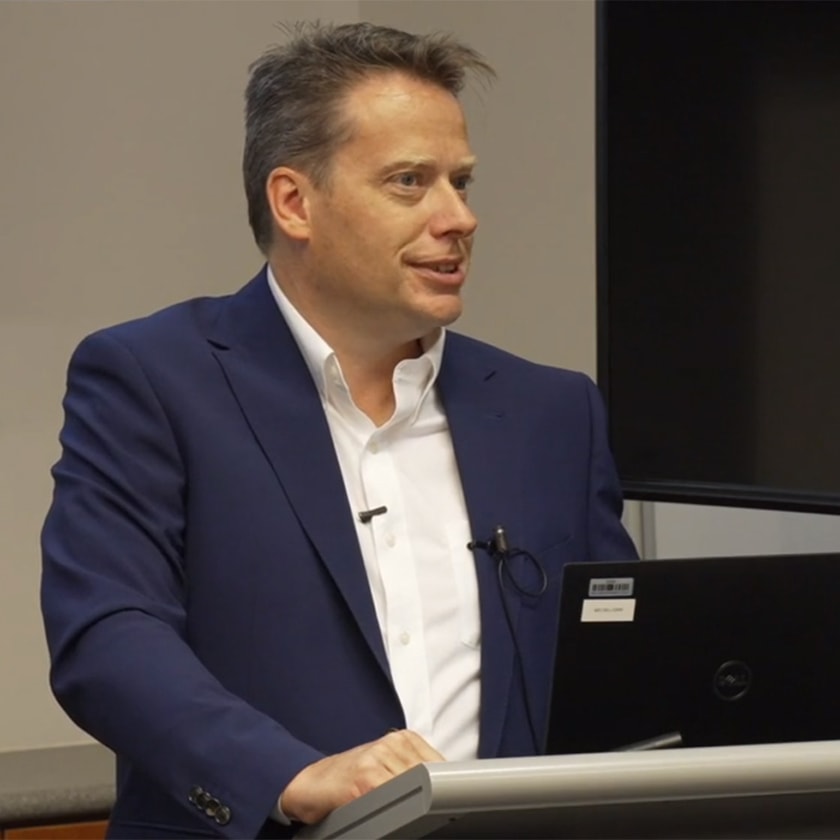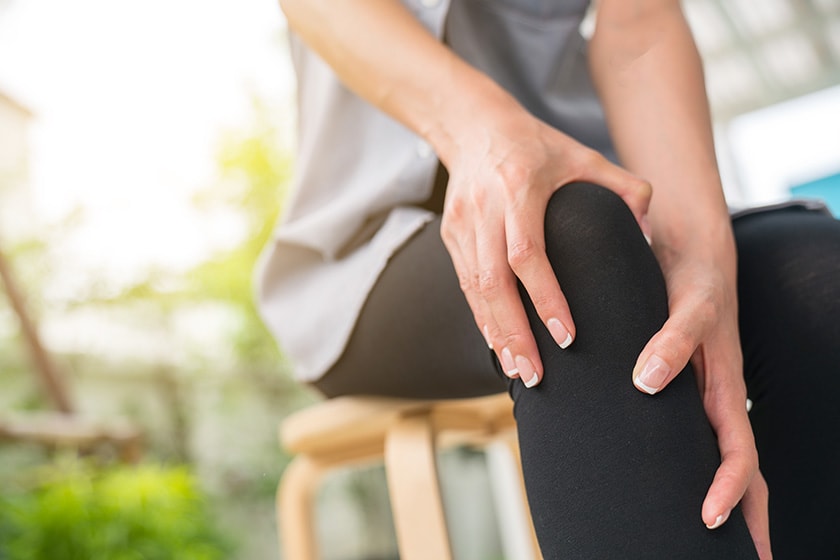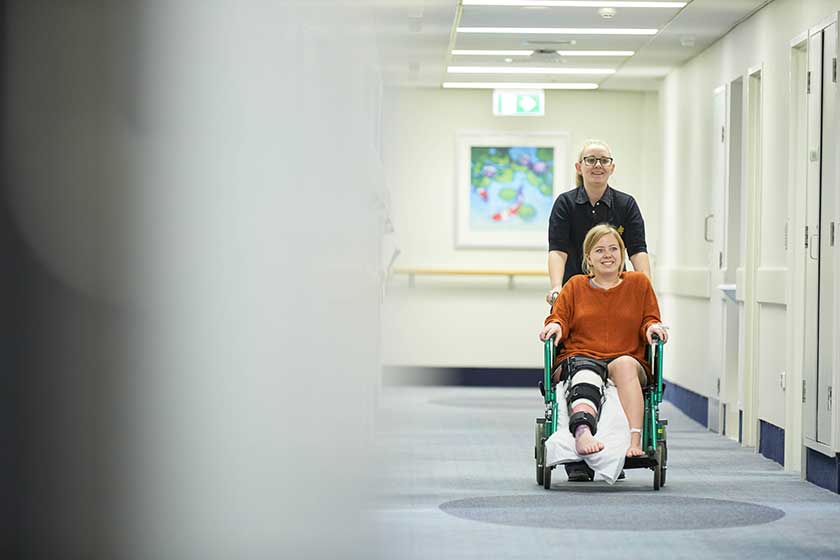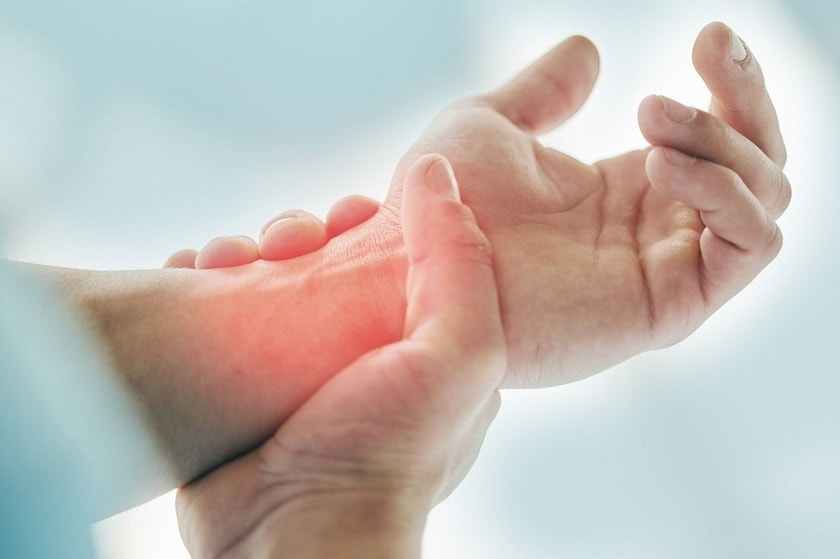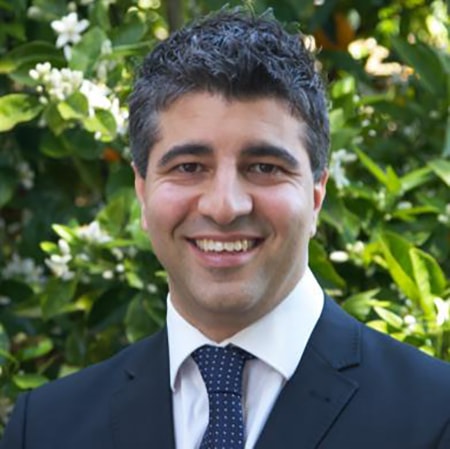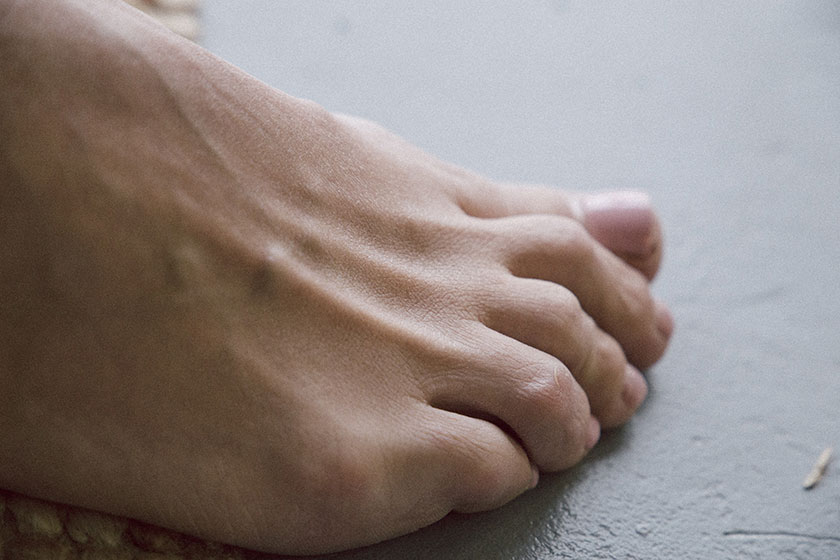What is a knee arthroscopy?
Knee arthroscopy gives your surgeon a chance to view inside your knee joint and carry out surgery on damaged cartilage, ligaments and menisci.
Knee arthroscopy may be offered if you have torn your ACL, your patella (keen cap) is out of position, or you have a fracture in a knee bone.
During the procedure, your surgeon usually makes two small incisions in the front of your knee. A tiny camera can be passed through these incisions to give your surgeon an inside look at what is going on, which will enable them to perform “keyhole” surgery or form a plan for future treatment.
What happens after a knee arthroscopy?
In general, knee arthroscopies are done as day surgery, which means you can go home the same day as your procedure.
As you will be given a general anaesthetic, you will be required to remain at the hospital for up to four hours after the procedure, and will need someone to drive you home.
As this is usually minor surgery, the effects are generally minimal. You may experience some swelling and soreness around the incision site after surgery. This is normal and should subside within a few days.
Keeping your knee elevated and applying an ice pack can help manage swelling.
Speak to your doctor to discuss pain management or if you have any questions about your surgery.
Any surgical procedure carries risks. Make sure you discuss all possible risks with an appropriately qualified health practitioner.
